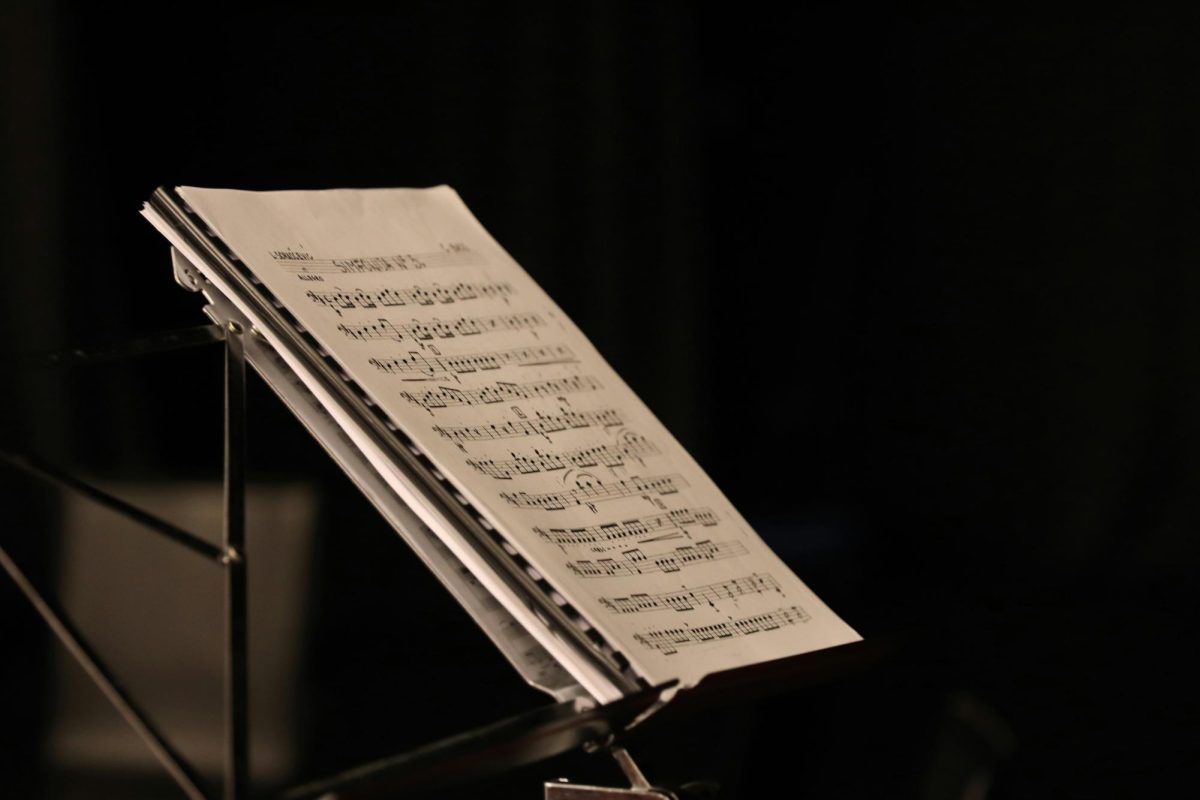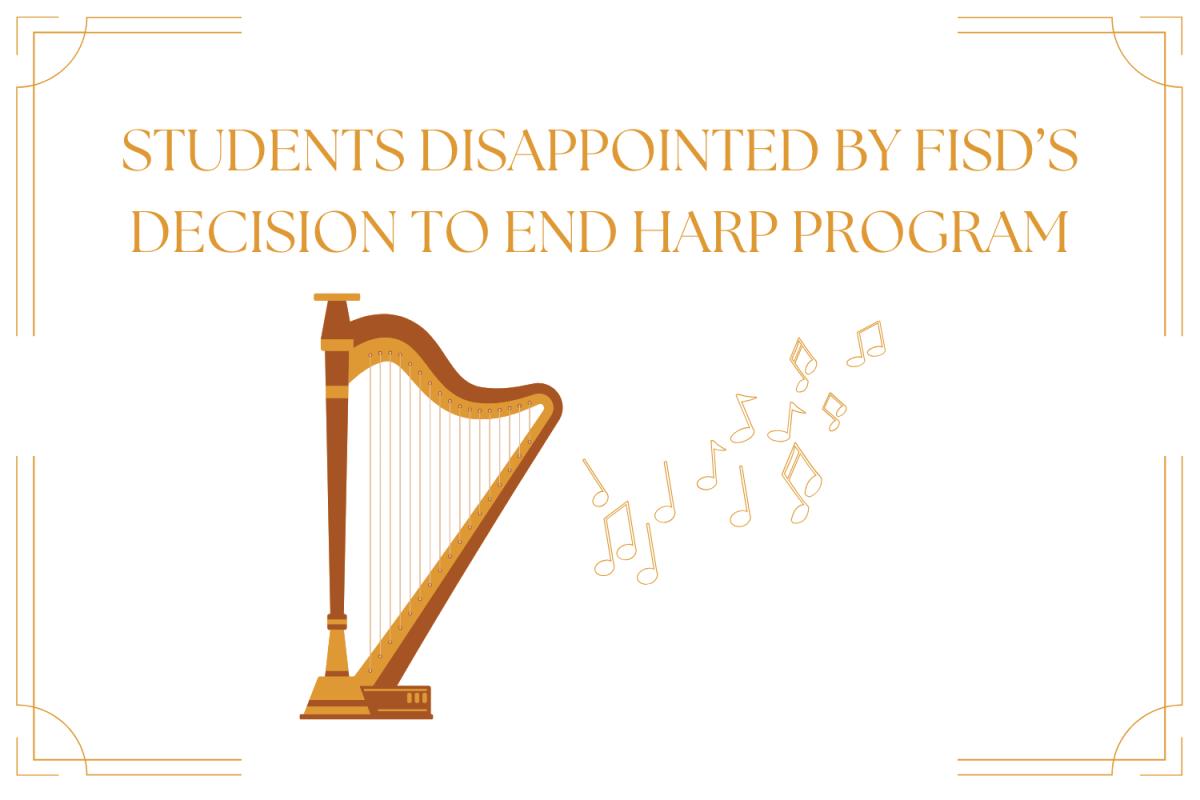Last Saturday, 21 choir students performed at all-region in hopes of advancing to pre-area, the next round of the competition. Senior Raima Choudhary is part of the varsity treble choir and is one of five students that advanced to pre-area.
“You have to really prepare your pieces before you get your cuts, especially from the next round onwards because you get your cuts right on the spot,” Choudhary said.
Because the region includes 50 students that have already passed the first round, it is very competitive. Students spend time preparing in school as well as outside of school.
“I have voice lessons every week and we get 20 minutes to practice with people that have the same voice part at the end of class,” Choudhary said. “At home, I practice around 20 to 30 minutes a day.”
Choir teacher Tracy Bradstreet has also been involved in preparing her students for the performances, providing resources for them.
“I give them the practice tracks and there are camps they can go to for help,” Bradstreet said. “I also help them as needed.
All students performed cuts from the same pieces chosen by the Texas Music Educators Association all-state choir director: “Rosas Pandan” which is in Filipino, “Sednalo e Djore” which is in Georgian and “Butterfly Lullaby” which is in English.
“Rosas Pandan was the hardest piece because the tempo was very fast-paced and the dynamics changed very quickly from measure to measure,” Choudhary said. “It was also a struggle to learn the words because they were in a different language.”
Students are randomly ordered based on the time block they choose, meaning that participants could perform shortly after their warm-up or they might have to wait longer to perform.
“If you’re one of the last people to go, your voice is not as warmed up,” Choudhary said. “I was one of the last people to perform, so the first cut I sang was not as good and it took a while to get my voice back,”
In the audition room, there are five judges behind a curtain. These judges score the students’ performances based on musicality which includes dynamics, articulation, tone and how well the student’s soft palette is raised. Although 16 out of 21 students did not advance to the next round, there are still many ways that this experience has helped them.
“Some people may have worked hard and not gotten the results that they wanted, but I try to tell them that it’s part of the process, and that they are growing,” Bradstreet said.
For Choudhary, competing in All-Region is a way for her to grow as a musician.
“The reason I participated in this competition again was because it’s such a magical experience to be with people that are the same caliber as you,” Choudhary said. “Being able to sing with these people is out of this world.”






![Audra Shioya '25 receives a big check as a scholarship recipient. [PC: Audra Shioya]](https://raccoonrambler.com/wp-content/uploads/2025/05/IMG_4100-900x1200.jpeg)

